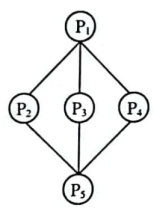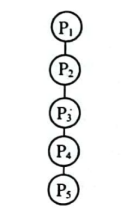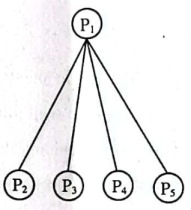The power of effective marketing has a long history. In the 19th century, a new product, soap, became available to everyone in England at a low price. Every British soap producer faced fierce competition. Their answer was to focus on promotion-and to come up with attractive visuals, catchy slogans and competitions to increase sales. Yet it can all very easily go wrong.
However clever the advertisement is, a product that nobody wants is not going to sell. In the motor industry there are stories of products that the public simply did not want. In 1957, Ford introduced a new model, Edsel. Following an investment of $400 million, the company sold only 25 percent of the cars they produced and lost $350 million. Perhaps Ford's biggest mistake was to misjudge the demand from the American public. America had just entered an economic recession(衰退), so the last thing people wanted was a large,expensive car that used a lot of fuel.
On special promotions, companies may underestimate demand and spend a lot more than they budgeted for. A classic case is that of Hoover,a vacuum(真空的)cleaner company,which offered two free air tickets to anyone who bought a vacuum cleaner for more than one hundred pounds. The tickets cost far more than the appliance. Sales increased 30% but the cost of the promotion was massive. The company lost over £40 million and in the end it was put up for sale.
Customers may find a different meaning in publicity than the promoters intended. Names, symbols and even colors are all possible danger areas. Pepsi Cola made an enormous mistake in some regions in changing the color of its vending machines to light blue, a color associated with death.
The message for successful marketing companies is never to make assumptions about your target audience. Otherwise, even creative, memorable promotion can go disastrously wrong!
 B .
B .  C .
C .  D .
D . 